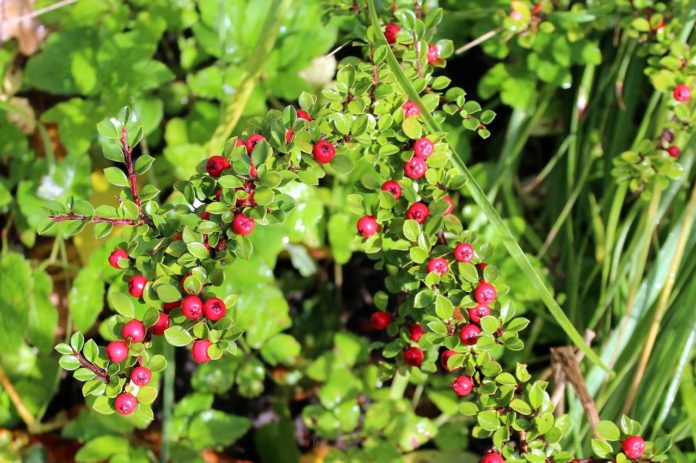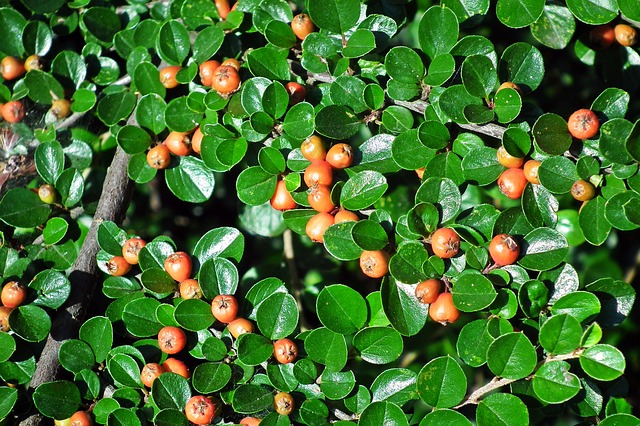
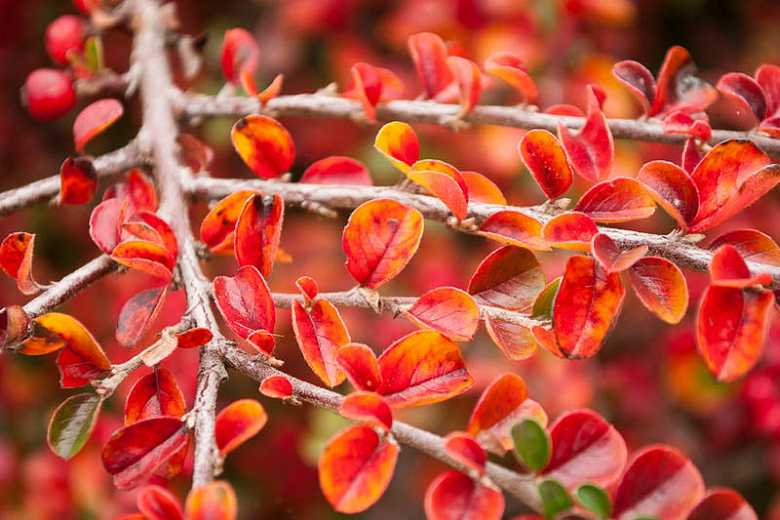
This guide is meant to teach you how to propagate Hedge Cotoneaster (Cotoneaster lucidus) and hopefully make it easier for you to sell them at your own nursery.

Hardiness Zone: 2 – 7

Soil Type: Well-drained sand, clay, loam

Water: Average. Fair Drought Resistant

Exposure: Full Sun to Partial Shade
Hedge Cotoneaster (cotoneaster lucidus) is a perennial shrub hardy up to zone 2. It’s a great hedge shrub that takes pruning well and has showy autumn colors.
In early spring, hedge cotoneaster blooms in small pinkish flower clusters. In summer and fall, berries will appear on the shrub and will attract all sorts of wildlife.
Hedge cotoneaster’s hardiness, soil type tolerance, and gentle growth make it a great low-maintenance choice for natural fences between properties.
Wildlife Value
Cotoneaster berries attract all sorts of birds, and the showy flowers attract pollinators like bees and butterflies.
Deer and rabbit resistant.
Best Way to Propagate Hedge Cotoneaster
Cuttings
The best and fastest way to propagate hedge cotoneaster is by taking hardwood or softwood cuttings. Each is taken at different times of the year but the end result is similar.
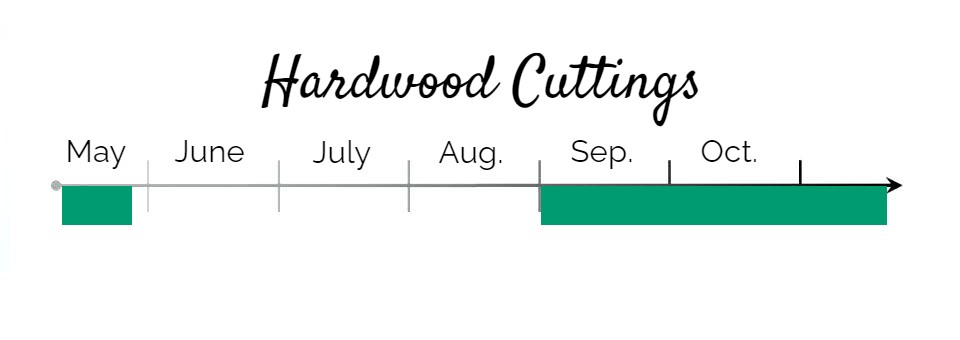
When you take your cotoneaster hardwood cuttings, you want to cut them early fall, when the plant is just going into dormancy. Alternatively, early spring before the leaves appear.
- First, take some hardwood cuttings off the main stem, long enough to have 3 nodes each. Roughly 6-8 inches.
- Make sure the width of the cutting is not too thin (at least more than 1/4 inch), then cut right below the node.
- Next, scrape the bark off the bottom inch of the cutting, especially at the wooden joint.
- Remove most of the leaves from the twig, but leave a few at the top.
- Dip it in rooting hormones, then push them into your sandy propagation beds.
- Keep watering the cuttings, sand shouldn’t be too wet but it should stay moist.
- Roots will form within 6-8 weeks. For winter, no need to cover, the snow insulates very well.
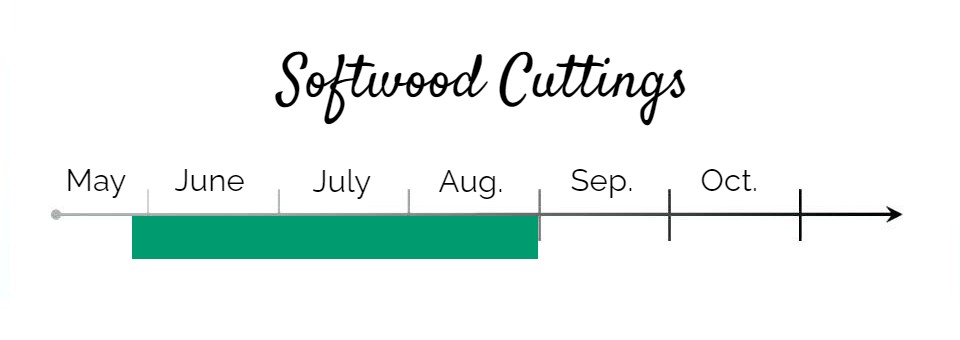
When you harvest softwood cuttings, you want to get them when the plant is actively growing. From late May to the end of August.
The method for propagating hedge cotoneaster with softwood cuttings is the same as hardwood cuttings. The only difference is the stems should be a bit shorter, roughly 5-6 inches each.
Dip them in rooting hormone then plant them into your sandy propagation beds. Why sand? Because sand has almost no organic compounds, so your cuttings have a much lesser chance of catching fungus or rot.
Softwood cuttings can root as fast as 3-4 weeks.
How to Ready Hedge Cotoneaster for Sale
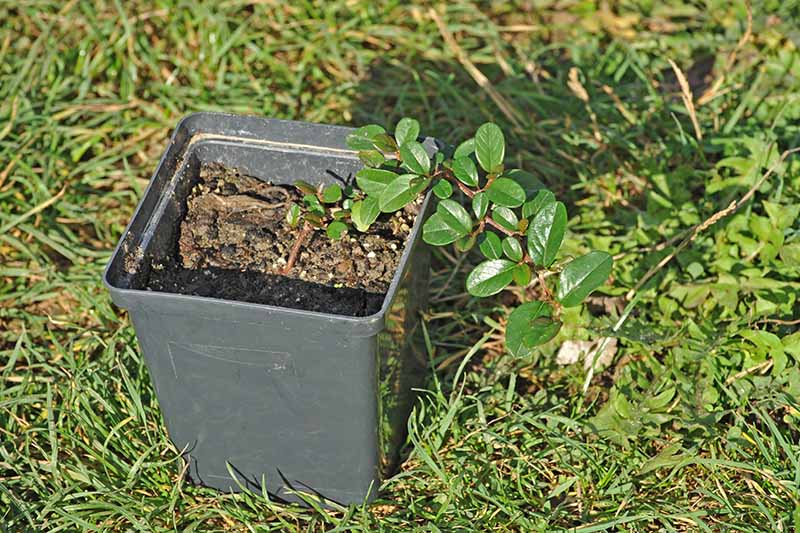
Once your cuttings have rooted, all you have to do is transplant them into pots with good well-draining compost or topsoil.
They can grow quickly under the right conditions, place the pots in a sunny part of your nursery and water them regularly.
Additionally, hedge cotoneaster does appreciate plant food. A 20-20-20 fertilizer will strengthen their root systems and increase their drought tolerance.
Finally, if your hedge cotoneaster plants grow too horizontally, snip the stems going the wrong way to encourage new branches in different directions.
FAQ
Q: Are Cottoneaster berries edible or are they poisonous?
A: Cottoneaster berries are toxic, they should not be consumed by humans, dogs, or cats.
That’s it!
Are you thinking about starting your own plant nursery? Check out our plant nursery guide here.

